Blog 03/12/2021 - MHT Movie Review John Garfield Trifecta
MHT Movie Review - The John Garfield WWII Film Trifecta: Hollywood’s wartime films were designed to give the American home front hope that the US fighting men and women (nurses and Red Cross Workers) supporting them would win the war. The first film is “Air Force” (1943) to show that the US Army Air Force (USAAF.)
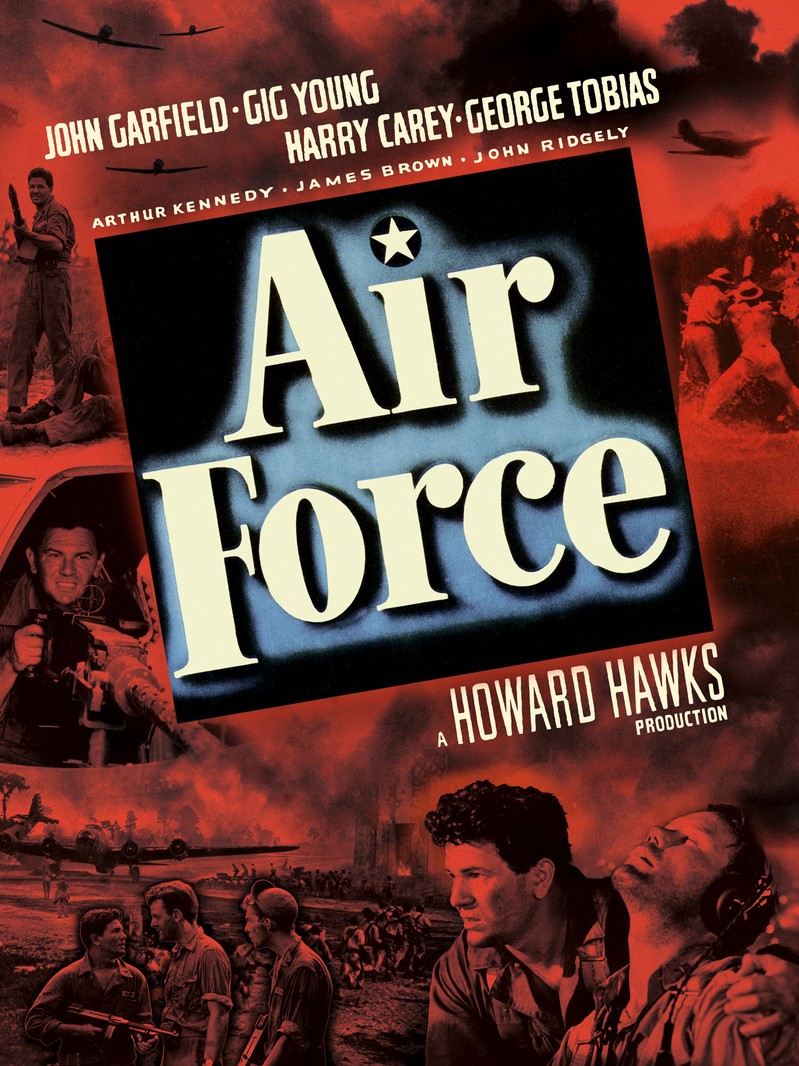
Legendary Director Howard Hawks credited the film’s concept to LtGen Henry H. “Hap” Arnold, Commanding General of the Army Air Forces, based on the actual flight of B-17s that left Hamilton Field, CA, on the night of December 6, 1941, and literally flew into the beginning of the war the next morning when they reached Pearl Harbor at the same time as the Imperial Japanese Navy’s (IJN) carrier aircraft did on that fateful Sunday morning. The Executive Producer Jack Warner was adamant that the Warner Brothers film be ready for release by December 7, 1942, the first anniversary of the Pearl Harbor attack.
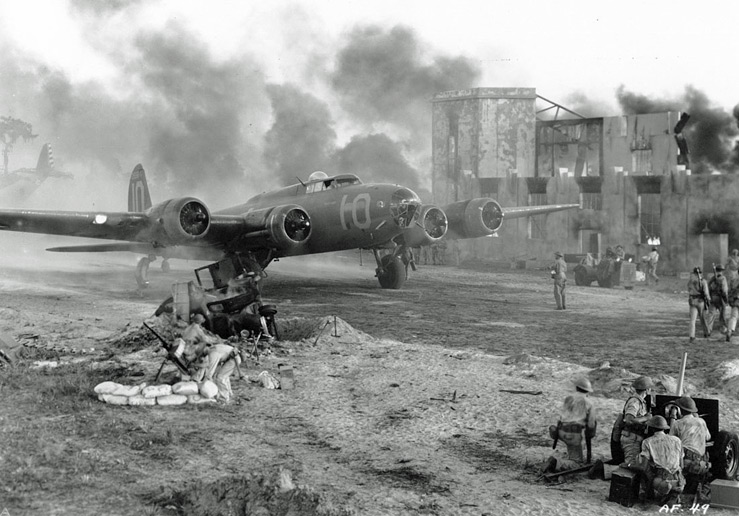
However, production problems pushed its release into the new year. First, aerial scenes had to be filmed in Texas and Florida because airplanes modified to look like IJN would have caused a panic on the west coast due the fear of a Japanese invasion, a real life “1941” (the Spielberg war nerves comedy.) Use of USSAF aircraft had to be negotiated for with no CGI so the film had 10 real Boeing B-17B/C/D Flying Fortresses from Hendricks Field, Sebring, FL to provide the footage of Fortresses in California plus Bell P-39 Airacobras and Curtiss P-40Cs Tomahawks to be the USAAF fighters in the Philippines. The North American AT-6 Texans and Republic P-43A Lancers would play the role of Japanese Zeros and Six Martin B-26C Marauders from MacDill Field, Tampa, FL, impersonated the Imperial Japanese Army bombers.
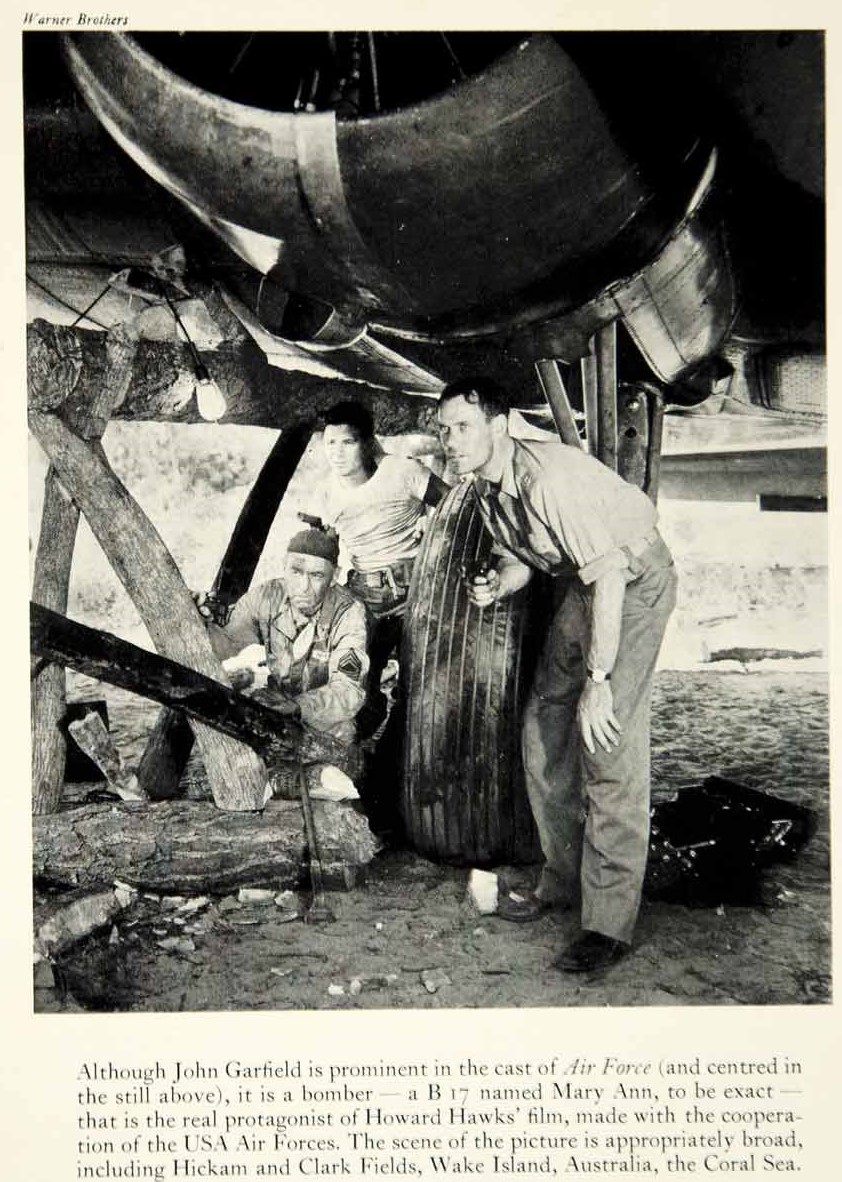
The aircrew that ferries the unarmed 1940 "D" model Boeing B-17, named the “Mary-Ann”, across the Pacific to Hickam Field, Oahu, HI has the usual cast of characters that Howard Hawks develops as the plane goes on to the Philippines and then Australia. John Ridgely who will appear in all three movies with John Garfield plays Pilot Capt "Irish" Quincannon who was a flight instructor who requested a board of inquiry into the accident when an aviation cadet caused a mid-air collision in flight school which another cadet was killed. The washed-out cadet shows up to join the crew of the “Mary-Ann” as aerial gunner Sgt Joe Winocki (John Garfield.) The interaction between the two is a study in leadership as the bitterness of not being a pilot could poison the entire crew which is facing the rigors of going into combat for the first time. The plane has to land on an emergency field on Maui where it is attacked by some Japanese-Americans farmers somehow in league with the Japanese attacks which is totally proven not to have happened but included to support the WWII internment (relocation and incarceration in concentration camps) paranoia of Japanese Americans ordered by Democratic President Franklin D. Roosevelt shortly after Imperial Japan's attack on Pearl Harbor. It is reminiscent of recent irrational blaming Chinese-Americans for Communist China releasing the Wuhan Coronavirus on the rest of the world.
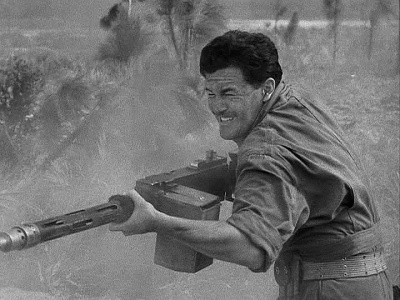
The “Mary-Ann” stops at the Alamo in the Pacific - Wake Island before flying on to the Philippines (PI) and from this point in the film the real events disappear. On Wake Island there is an USAAF Maj Bagley who shot down a slew of IJN planes when in fact it was Marine Aviators from VMF-211. Why they wouldn’t honor Marine Capt Henry Elrod, who was posthumously awarded the Medal of Honor for his heroic action of shooting down two Japanese G3M Nells and sinking the IJN destroyer Kisaragi. Maj Bagley to the Mary-Ann crew heading to the PI says, " tell my old boss (Gen Douglas MacArthur) we'll keep on pitching until they strike us out." Either the writers don’t know the great American pastime or Bagley also has a head wound as it should be, "we will keep on swinging or batting until they strike us out" (when a team is pitching, they don't strike out, the batter strikes out.) Or maybe go with “we'll keep on pitching until the end of the game" if the writers really liked the pitching metaphor.
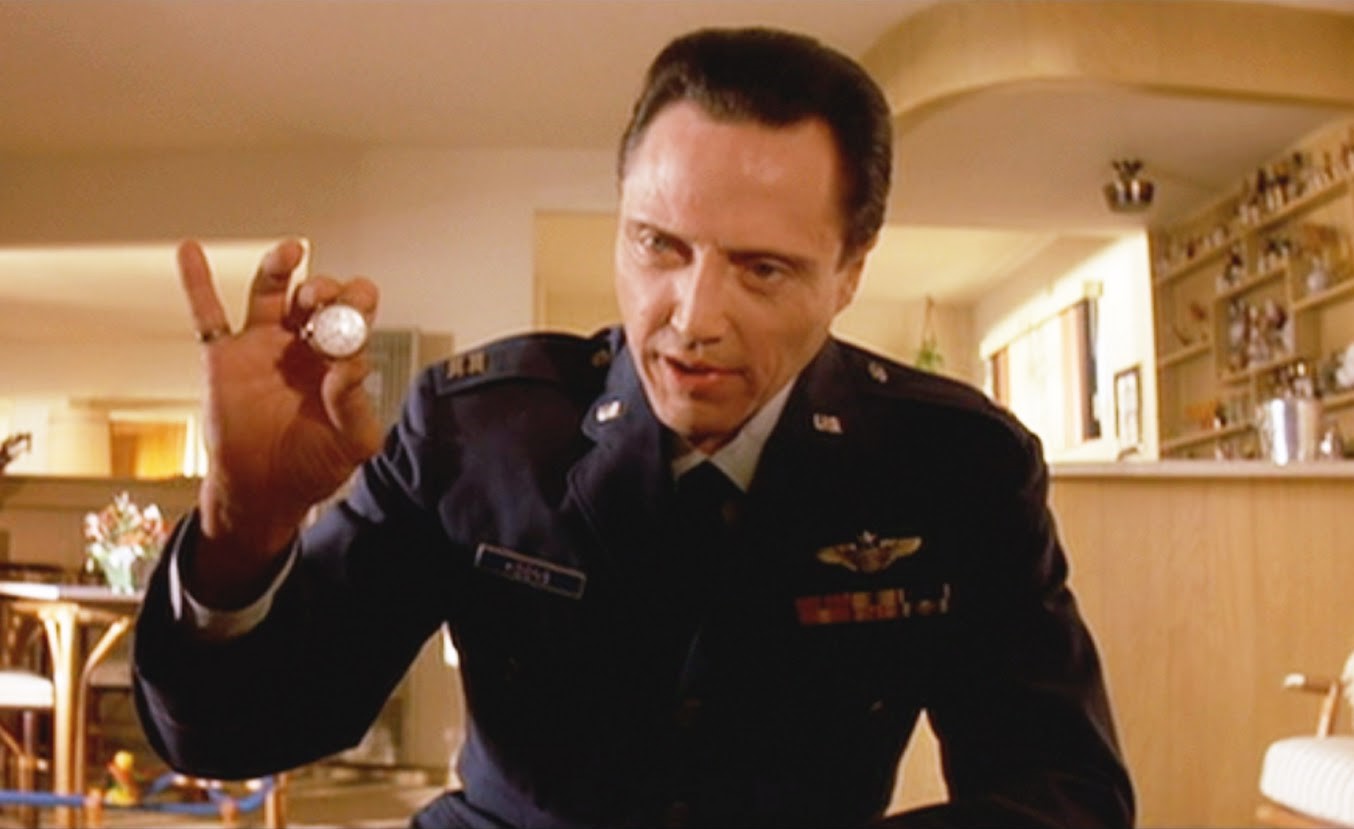
In Quentin Tarantino’s classic "Pulp Fiction" there is a huge homage to this film when Christopher Walken’s Vietnam Veteran Character Capt Koons, USAF tells a young Butch Coolidge (played in the movie by Bruce Willis) about how his father's gold watch was passed on from previous generations of Coolidge men. He tells Butch about how his grandfather being a Marine on Wake Island and knowing his chances of survival were slim asked an aerial gunner named Winocki on a plane passing through to take the watch and deliver it to Butch's father. The always intense Walken relates that Butch’s father was wearing the family heirloom when he was shot down over Hanoi and hid the watch in his rectum for five years as a POW until he died in captivity, and Koons hid it for another two years thereafter, saving it for Butch. The film has the Marines sending letters with the plane and convincing the crew to take Tripoli, their dog mascot with them to the PI.
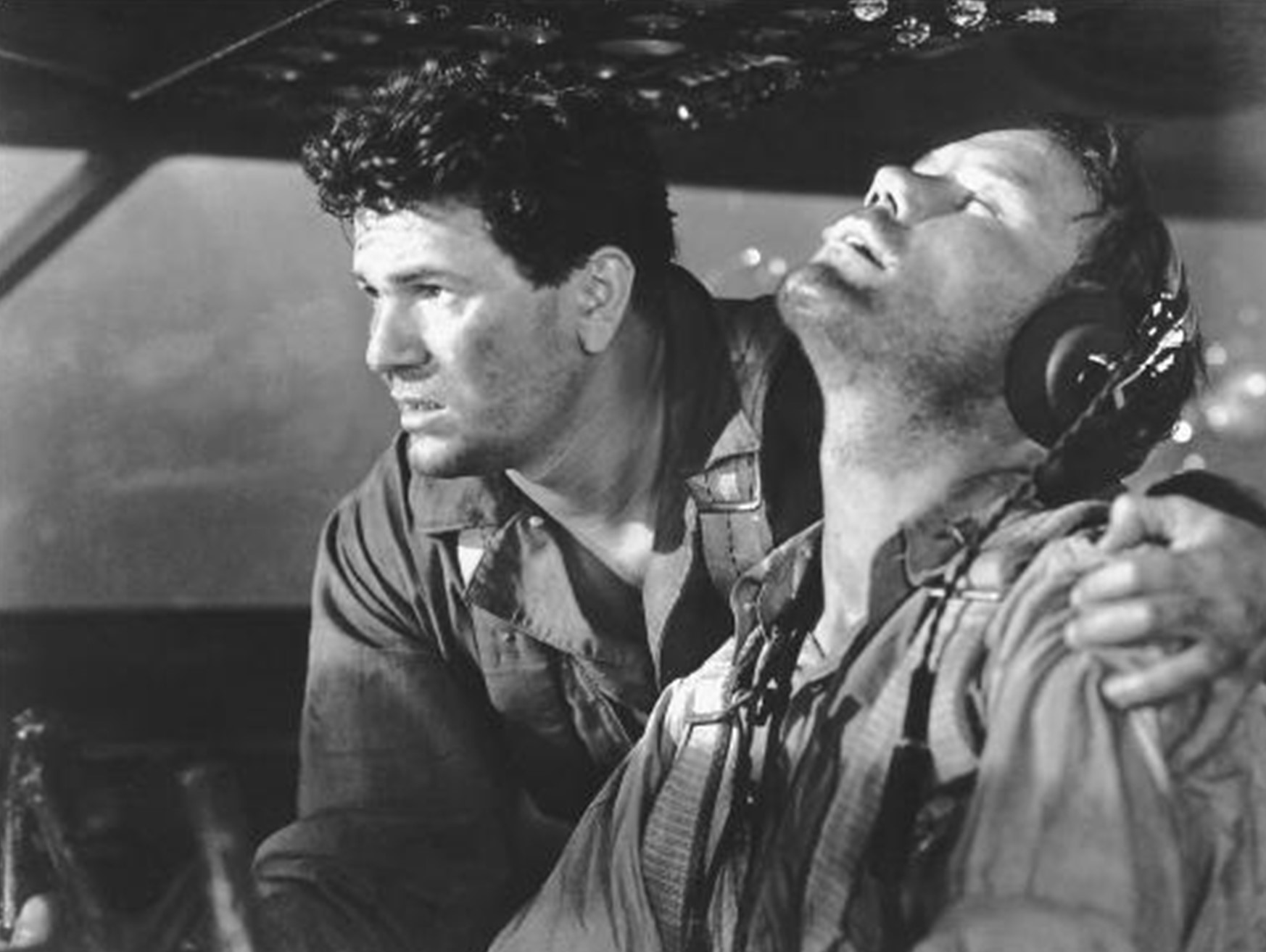
The “Mary-Ann” is brought down in the PI and Winocki saves the day. An uncredited William Faulkner is brought in to write one of the most memorable and emotional deathbed scenes for the badly wounded Ridgely, who played Quincannon the commander and pilot of the Mary-Ann. The tear-jerking scene harkens back to the California lastminute (flat tire) farewell with Mary Quincannon (Ann Doran who coincidently also plays Ridgely’s wife in our third film we will review “Pride of the Marines.”)
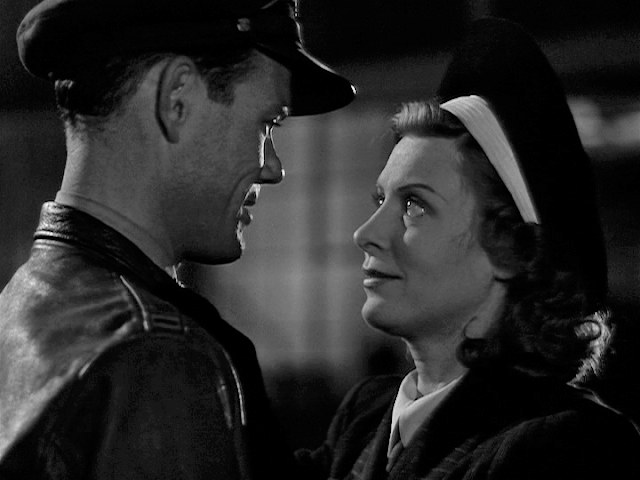
From there the film has some fantastical bad results for the IJA and IJN to bring cheers from the US theatre crowds. MHT gives this movie 4 Stars dropping a ½ Star for the B-17 downing 6 Zeroes by itself it is propaganda that it really was a Flying Fortress and I take another ½ Star for the rubbish that the B-17 was going to attack Tokyo from Australia as the sign on the Operations Hut says 862 Miles away instead of 3,377!
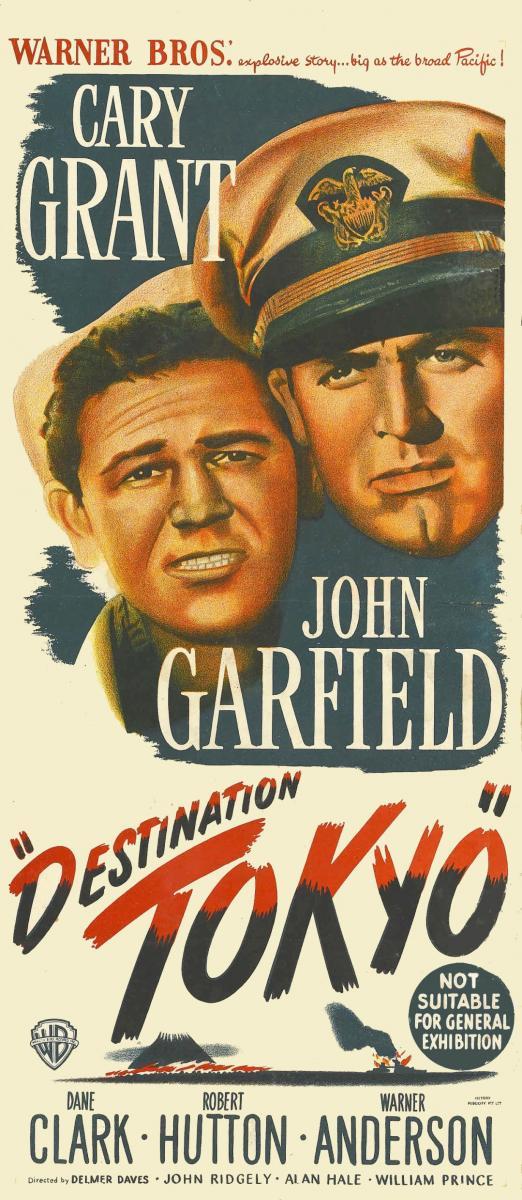
Our second film is Destination Tokyo (1943) has been called "the granddaddy of eric submarine films like Run Silent, Run Deep (1958), Das Boot (1981) and U-571 (2000.) On Christmas Eve, the fictional submarine USS Copperfin, under the command of CDR Cassidy, USN (Cary Grant), departs San Francisco on a secret mission.
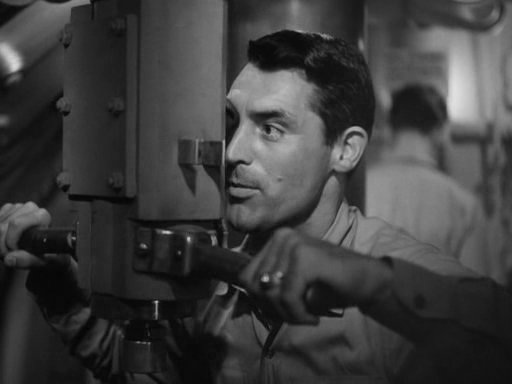
At sea, Cassidy opens his sealed orders, which direct him to the waters off the Aleutians where a PBY lands with meteorologist LT Raymond (John Ridgely who was the b-17 pilot in Air Force) aboard then onto Tokyo Bay to obtain vital weather intelligence for the upcoming B-24 Doolittle Raid.
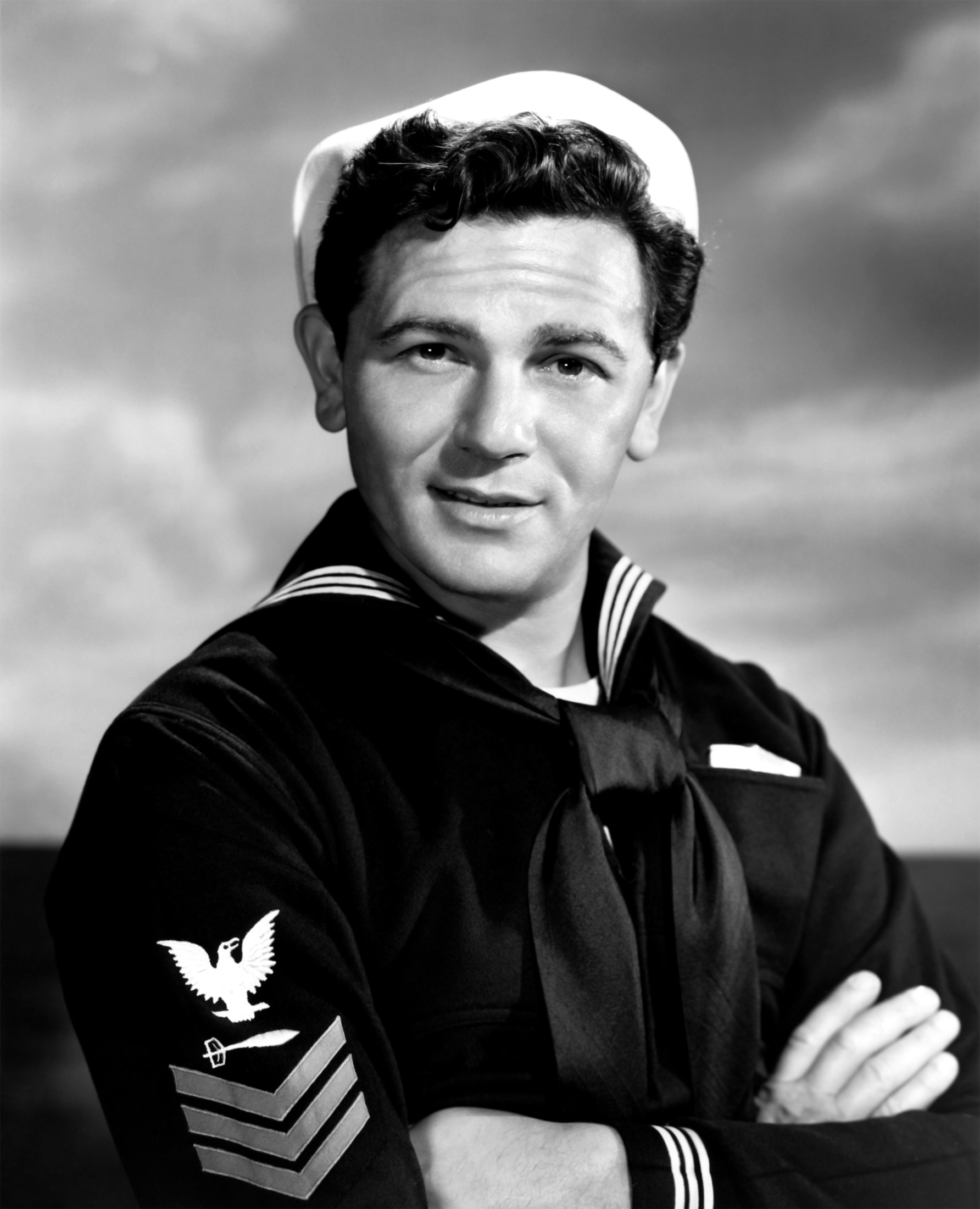
Two Japanese aircraft attack; both are shot down, one by Torpedoman’s Mate 3C Wolf (John Garfield) who probably gets his nickname from master cartoonist Tex Avery’s very popular updated “Red Hot Riding Hood” (1943) short with the wolf-whistling Big Bad Wolf due to his frequent and detailed stories of the ladies he meets during onshore leave in Frisco, Pearl and Dago.

It is during WWII so to build the proper hatred of the Japanese when one IJN pilot manages to parachute into the freezing water a well-liked sailor climbs down the sub’s side to rescue him. The enemy stabs him to death before a machine gun sends him below the surface weighed down by bullets. When the burial at sea is conducted, "Tin Can" (Dane Clark who will play Cpl Diamond in Pride of the Marines) does not attend the service, which angers the other submariners until he explains that as a Greek-American every shipmates death causes him great pain.
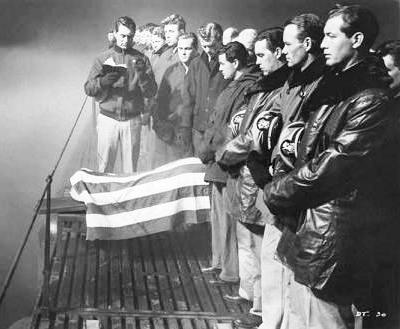
Inspired by Grant's leadership role, a 17-year-old Tony Curtis forged his mother's signature to enlist in the US Navy in 1943. Requesting submarine duty, he instead as assigned to the submarine tender USS Proteus. Later, as a top Hollywood actor, he co-stars with Grant as submariners in the 1959 WWII comedy Operation Petticoat, with Grant commanding the fictional USS Sea Tiger.

Production began on June 21, 1943 and continued through September 4 of that year. Members of the cast spent time at the US Navy's Mare Island Naval Shipyard near San Francisco to familiarize themselves with actual submarine procedures and operations.
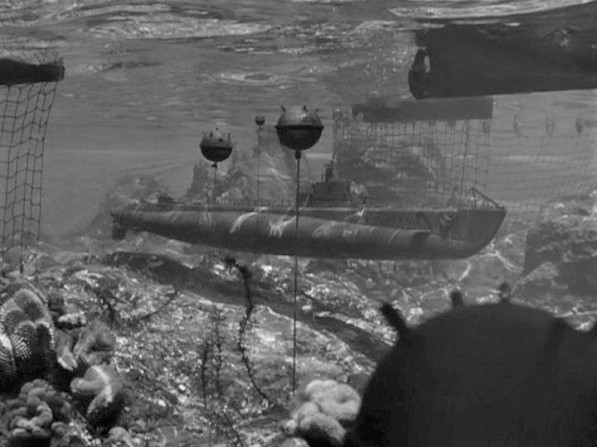
A key technical advisor to the film was Captain of the USS Wahoo, LCDR Dudley “Mush” Morton a veteran of five patrols and one of the best the Navy had with 19 Japanese ships sunk. The Wahoo was lost in action after production on Destination Tokyo completed, sunk by a IJN aircraft in October 1943 while returning home from a patrol in the Sea of Japan. Commander Morton and all aboard were lost.
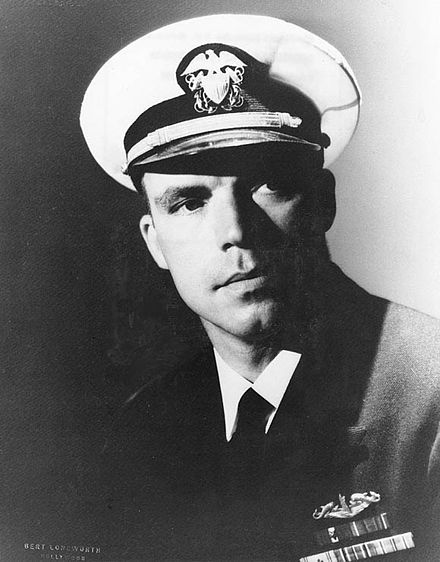
At 135 minutes it packs in some outstanding action sequences made more powerful by the character development that bind men in combat. MHT gives this Silent Service classic Four Stars.
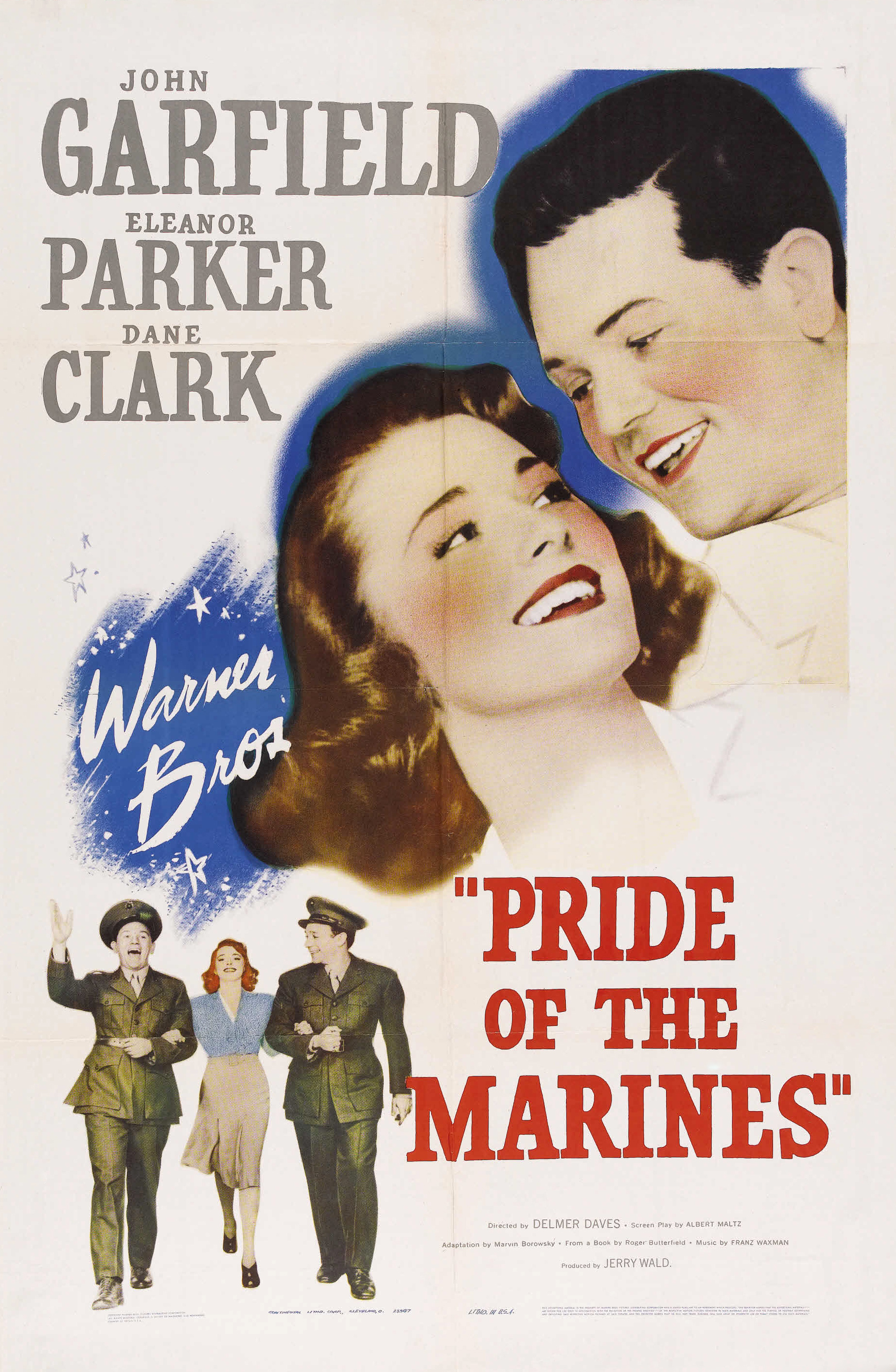
The third John Garfield WWII Warner Brothers film was from 1945 playing Al Schmid in Pride of the Marines. A true story of a Philadelphia steel worker who is living with co-worker Jim Merchant (John Ridgely with Garfield in his third straight film) and family. Garfield is introduced to family friend, Ruth Hartley (Eleanor Parker) and the rest of the movie is a love story with her and the water cooled, .30 caliber M1917A1 Browning Heavy Machine Gun. OK, one love is back in Philly & the other is on Guadalcanal where Pvt Schmid, who joined the US Marine Corps was assigned as an assistant gunner/loader of a three-man machine gun crew led by Cpl Lee Diamond (Dane Clark), with PFC Johnny Rivers as gunner. Schmid refused medical evacuation treatment for a serious foot infection to remain with his team and "H" Company, 2nd Battalion, First Marine Regiment (2/1) on the front line.
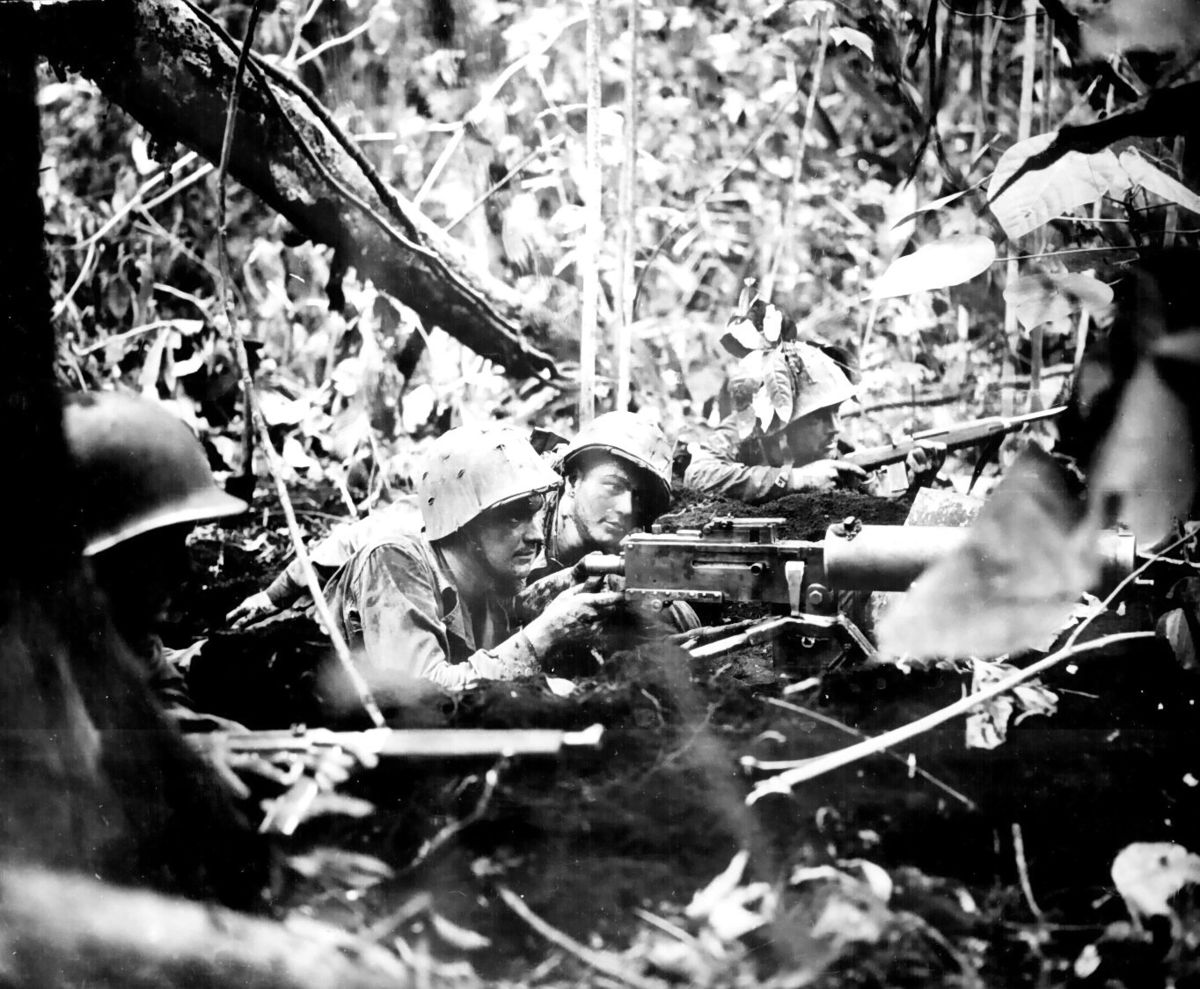
On the night of 21 August, 1942 an assault force of 800 crack Imperial Japanese Army infantry troops from the 2nd Battalion, 28th Infantry Regiment, under the command of Col Kiyonao Ichiki, that had left Guam for Guadalcanal. His objective was to recapture the hotly contested Henderson Field airstrip. To reach it, Ichiki's 800 infantry had to cross the Ilu River known as “Alligator Creek” and penetrate 2/1’s perimeter. Cpl Diamond's team was entrenched on its west bank when at 0300 the IJA attack began under the light of flares. Part way into the assault, Rivers was KIA and Schmid took over the gun and fired it for the next four hours. As the IJA continued to attack in waves Diamond was seriously wounded in the arm while several bullets hit and shredded the Browning's cooling water jacket. Guided by Diamond's fire direction, Schmid kept shooting the Browning loading the 250-round belts of ammunition. Utilizing short bursts to avoid overheating and jamming due to the loss of the cooling jacket, Schmid kept the machine gun firing while it glowed red hot. Ultimately, a crawling IJA soldier threw a grenade in front of their fox hole, wounding Schmid in the shoulder, arm, hand, and face.

In spite of being blinded by the blast, Schmid continued firing from Diamond’s directions and by touch loading belt after belt to provide vital grazing fire as the IJA continued crossing Alligator Creek and the Tenaru Sandbar. The next morning, over 200 IJA bodies littered the jungle in front of Schmid's gun. Few of the IJA attackers survived the assault and Col Ichiki realizing his disastrous failure committed ritual suicide. All three Marine; Rivers (posthumously), Diamond and Schmid were awarded the Navy Cross for extraordinary heroism.
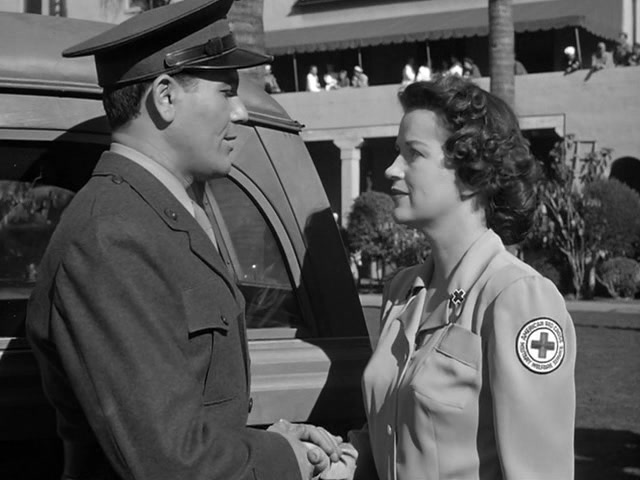
The heroism isn’t solely on Guadalcanal as Red Cross worker Virginia Pfeiffer (Rosemary DeCamp) and the nurses and doctors at the US Naval Hospital San Diego deserves credit for helping wounded Marines and sailors come back from their injuries. The love story is well done without being shmaltzy.
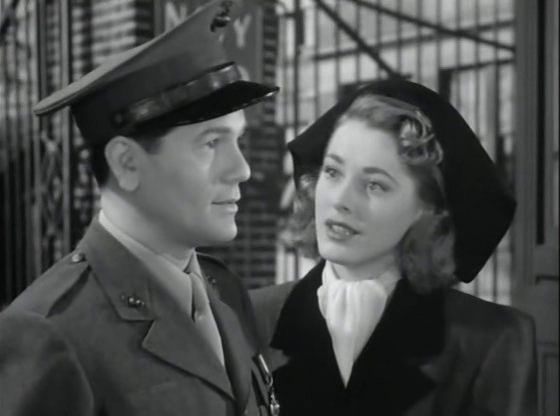
Best Movie Quote: Ella Mae Merchant (Doran): [Hearing the news of December 7th 1941 on the radio] Jim, where's Pearl Harbor? Jim Merchant (Ridgely): Pearl Harbor? Oh, it's down the Jersey Coast near Atlantic City someplace.
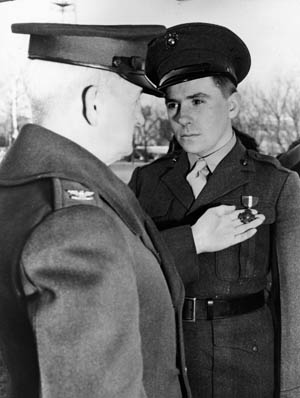
Obviously, John Garfield was a huge patriot and had befriended the ultimate Browning machine gun master, Manila John Basilone on a Bond Tour and met Schmid during his rehabilitation, before a movie was planned. Once the film was green-lighted, Garfield lived with the Schmid’s for several weeks, becoming friends with the couple which obviously enhanced his performance. It is with pride MHT gives this final film of the three 4 Stars. See this trifecta before the cancel culture gets to these.
